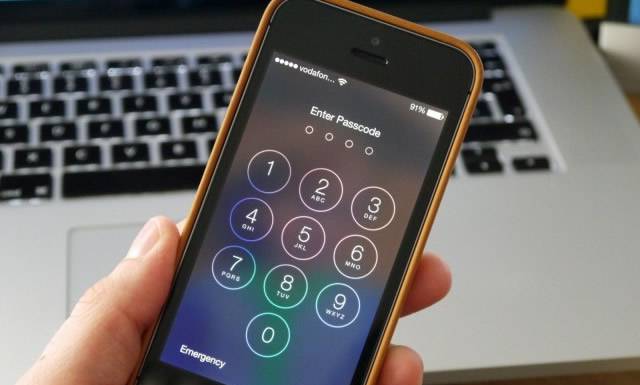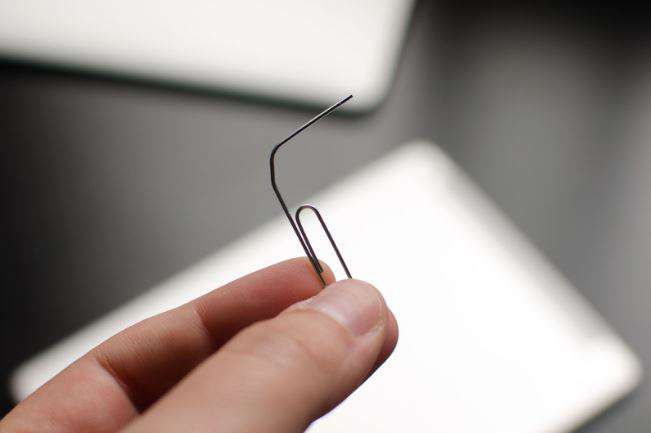Bluetooth is a wireless protocol used to connect devices within a short-range. It has become an essential technology in our daily lives. Bluetooth on iPhones and Macs enables devices to interconnect and share data seamlessly. Aside from the convenience it brings, connecting an iPhone to a Mac via Bluetooth is efficient as it transfers data without the need for a physical connection. In this blog post, we are going to delve into how to connect iPhone to Mac with Bluetooth easily and fast.
Video Tutorial:
What’s Needed
For a seamless connection between the two devices, certain things need to be in place. Here are the few of them:
- An iPhone and a Mac device.
- Both devices should have Bluetooth turned ON.
- Ensure the phone is discoverable.
- A steady Bluetooth connection depends on the proximity of the two devices.
- Check that both devices have the latest version of the operating system installed.
What Requires Your Focus?
Connecting an iPhone to a Mac through Bluetooth is a seamless process that will require your attention on several fronts. These include:
- Turning on Bluetooth and confirming that it is active on both devices.
- Checking that both devices have the latest software updates.
- Placing the devices in close proximity for a smooth and uninterrupted connection.
- Both devices should be visible to each other and be able to pair.
Different Methods to Connect iPhone to Mac with Bluetooth
Method 1: Via Bluetooth Preference
One way to connect iPhone to Mac using Bluetooth is through Bluetooth preferences on your computer. Here are the steps:
- Turn on Bluetooth on your iPhone: Press Settings > Bluetooth > Turn on Bluetooth.
- On your Mac, click the Bluetooth icon on the menu bar.
- Click “Set up Bluetooth device”.
- On the “Bluetooth Setup Assistant” window, select your iPhone and click “Continue.”
- Check that the “PIN” on your iPhone matches the “PIN” presented on your Mac. If the two match, click “Continue.”
- Click “Use as Network Port” or “Do not use as a network port,”
- Click “Done” to complete the process.
Pros:
It’s a very straightforward process that requires no technical skills.
Cons:
Connecting devices this way can sometimes cause difficulty, especially when radio frequencies and signal strengths are being interfered with.
Method 2: With AirDrop
AirDrop is a faster method of transferring files, photos, and other data between MacBooks and iPhones.
- Ensure that your iPhone and Mac are close to each other.
- Turn on AirDrop on your iPhone.
- Open the file or photo you want to transfer on your iPhone.
- Click the “Share” icon and choose AirDrop.
- Tap on your Mac’s icon in the AirDrop section on your iPhone.
- Accept the sharing request on your Mac.
- Once the transfer is complete, the file or photo will save on your Mac’s downloads folder.
Pros:
AirDrop is fast.
Cons:
AirDrop is only suitable for transferring certain types of files, and both devices must be AirDrop compatible.
Method 3: With Continuity feature
Continuity on both devices is a feature that allows you to use your iPhone on your Mac and continue tasks from where you stopped. To use this feature:
- Ensure that both devices are close to each other.
- Enable the Continuity feature on both the Mac and iPhone.
- On your Mac, open the “Messages” app, and click “Preferences” in the “Messages” menu.
- Enable the “Text Messaging Forwarding” feature.
- Follow the on-screen prompts to allow your iPhone to communicate with your Mac.
- Confirm the code sent via your iPhone.
- Once linked, you can receive and send text messages and calls on your Mac.
Pros:
Continuity on both devices makes communication more seamless.
Cons:
This feature is only available on specific versions of operating systems, and both devices must be with continuity support.
Why Can’t I Connect iPhone to Mac with Bluetooth?
There are several reasons why you might not be able to connect your iPhone to your Mac via Bluetooth. Below are some of the possible reasons:
- Bluetooth might not be activated on either device.
- Distance: The distance between the two devices might be too great, and the signal is being absorbed by any roadblocks or electromagnetic interference.
- Compatibility: Check that both devices are compatible for Bluetooth connection.
To fix these issues, ensure that both devices are Bluetooth compatible and check that Bluetooth is enabled on both.
Implications and Recommendations
A proper Bluetooth connection between your iPhone and Mac affords you seamless and uninterrupted data transfer. A steady Bluetooth connection ensures an efficient collaboration between the two devices. To achieve this, always ensure that your devices are compatible with Bluetooth, turned on, and within a fair range for connection.
5 FAQs about How to Connect iPhone to Mac with Bluetooth
Q1: How do I check if my devices are Bluetooth compatible?
A: Check for the Bluetooth symbol in the device’s settings or check the device manuals to see if they include Bluetooth connectivity.
Q2: Is it safe to connect my iPhone to a Mac with Bluetooth?
A: Yes, Bluetooth connections are incredibly secure.
Q3: What do I do if my iPhone and Mac fail to connect via Bluetooth?
A: Ensure that both devices are within close proximity and double-check that both have their Bluetooth connectivity turned ON.
Q4: Can I send files wirelessly with Bluetooth?
A: Yes, using Bluetooth, you can send and receive several types of files seamlessly.
Q5: Can I connect multiple devices to my Mac with Bluetooth?
A: Yes, several devices can be linked simultaneously to a Mac device using Bluetooth technology.
In Conclusion
Connecting your iPhone to your Mac via Bluetooth is a seamless and efficient process that affords you uninterrupted data transfer. With this blog post, you can now connect these devices through the various methods mentioned. Always ensure that both devices are compatible and within range for a stable and reliable connection.
{“@context”:”https://schema.org”,”@type”:”FAQPage”,”mainEntity”:null}




